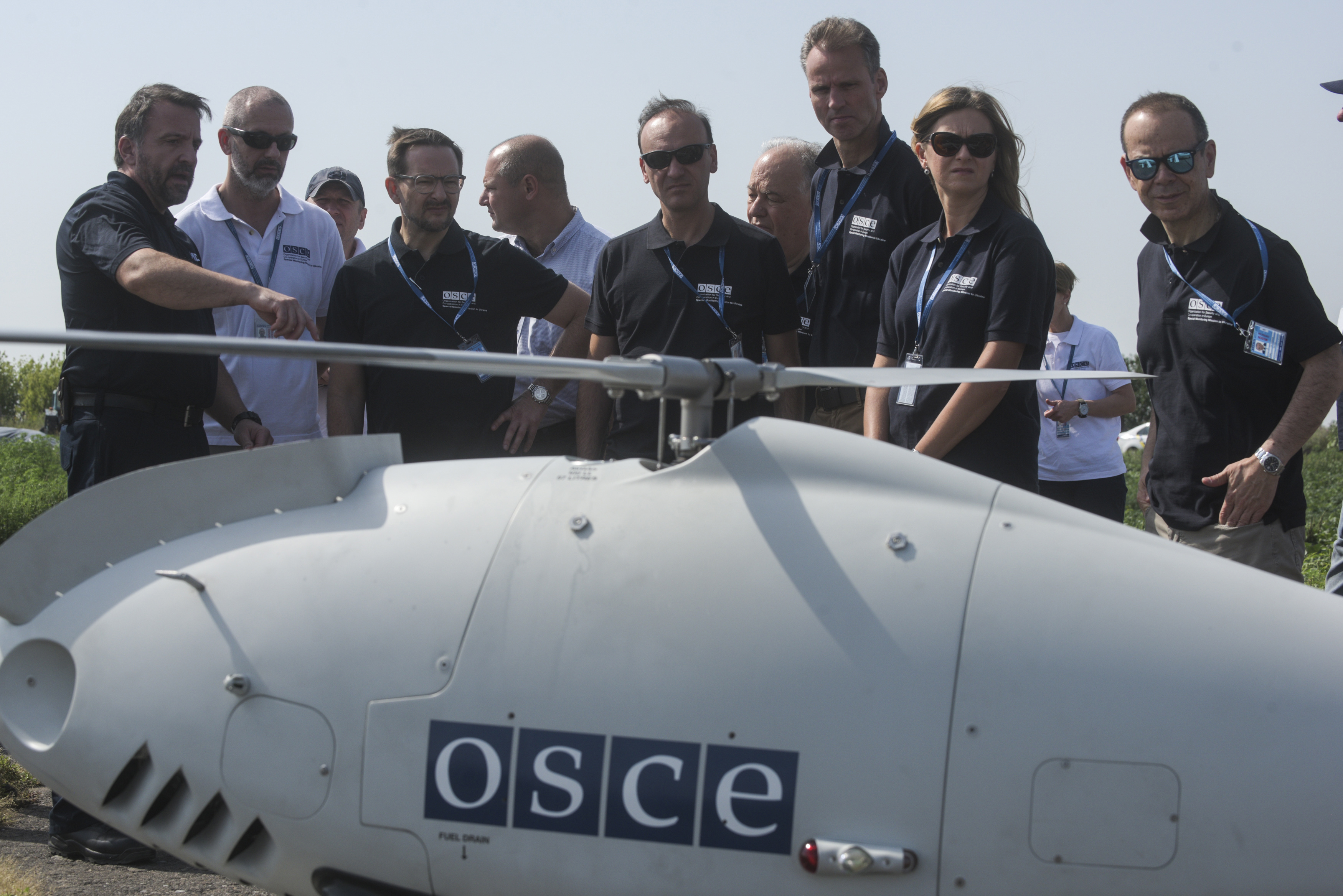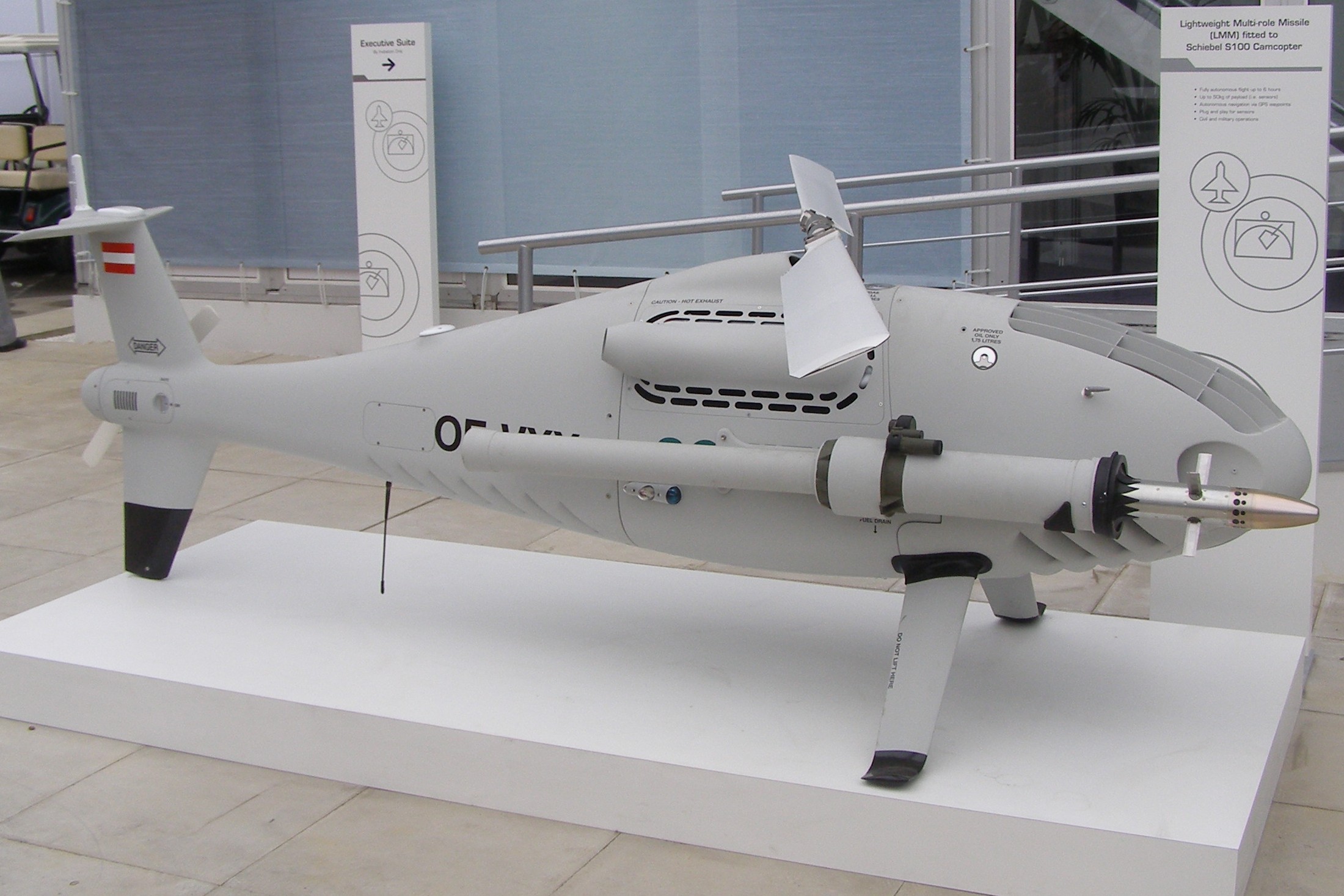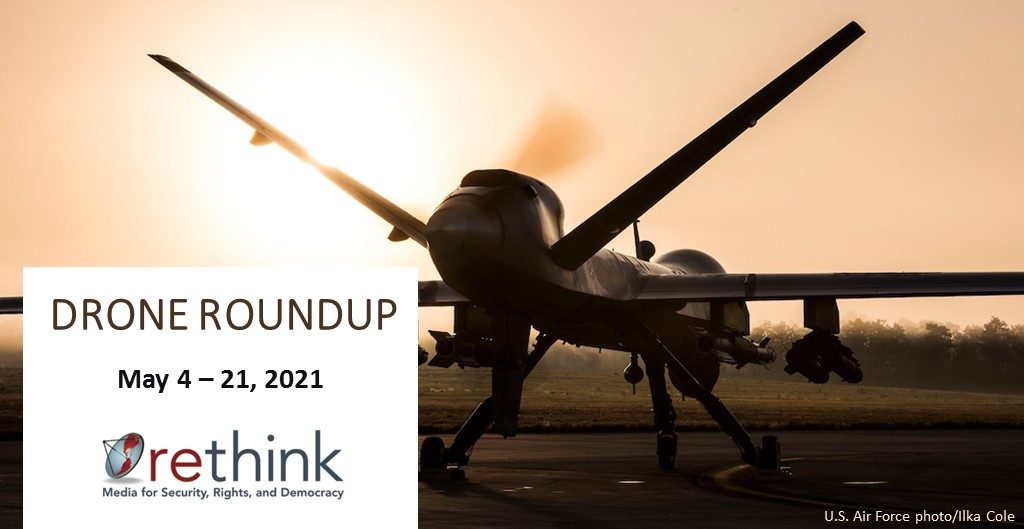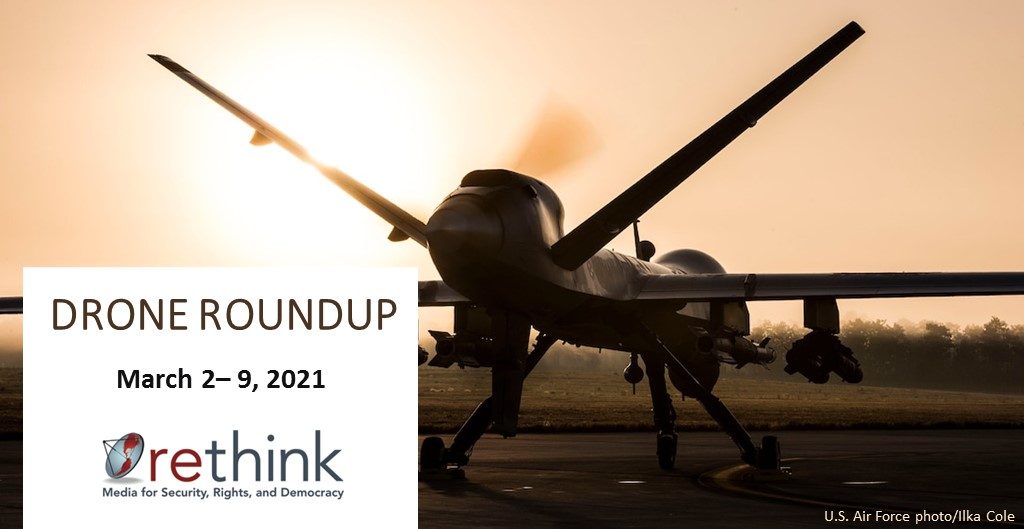Austria has a domestic production of drones which are being used in surveillance and reconnaissance missions at home and abroad. The Austrian producer Schiebel has run into controversy in the past about their export of the Camcopter S-100 UAV to countries such as the United Arab Emirates, the US, and Libya. Although this is an unarmed drone, it can be equipped with a Lightweight Multirole Missile (LMM) system which allows it to perform combat missions.
Austria was the first country in the world to deploy ‘armed unmanned aerial vehicles’ for war. In 1849, Austria attacked Venice with balloons which could be directed in the right winds and were stuffed with explosives. The balloons came equipped with long copper wires, used by operators to remotely set off the bombs. Although these early drones didn’t meet today’s definition of UAVs, the concept proved strong enough to be later implemented again.
At present, Austria neither possesses armed drones nor are they being developed there. Austria has made some significant steps in the utilization of UAVs for surveillance purposes, such as law enforcement and border protection. The Austrian Armed Forces has been supplied with surveillance drones too. In 2013, Austria decided to acquire 18 ‘Tracker’ drones, short-range drones powered by two “low noise level” electric engines, which can be used for intelligence, surveillance, targeting, and reconnaissance purposes. These drones were delivered in 2015.
The country has used these surveillance drones to control its Eastern border in cooperation with Slovakia. They have also been used by Austrian peacekeepers in Kosovo. Furthermore, Austrian drones are being used by the OSCE in surveillance missions on the border between Russia and Ukraine.
Austria is known to be an exporter of tactical UAVs to a range of countries, such as UAE, Egypt and the US. The Austrian company Schiebel GmbH, has developed the Camcopter S-100 UAV System, a medium-range, medium endurance UAV system to carry various sensors for both military and civilian applications. The Camcopter is designed to perform a wide range of missions, including surveillance, reconnaissance, intelligence, improvised explosive device and minefield mapping. Although the Camcopter is an unarmed drone, photos were posted online showing the Camcopter at the Farnborough Airshow in 2008 equipped with a Lightweight Multirole Missile (LMM) system that would enable it to perform combat missions. The Austrian Ministry of Foreign Affairs has argued against export licenses for the Camcopter, stating that it cannot be excluded that the drone would be equipped with a missile. However, the Ministry of Economy has allowed the export of these and other UAVs to countries like Jordan, the US, the United Arab Emirates, Libya and Myanmar.
Articulate clear policies
In 2013, during the Thematic Discussion on Conventional Weapons at the UN, the Austrian Representative made the following statement on the use of armed drones:
“The use of armed drones in conflict situations is increasing, causing far too many collateral civilian deaths. We believe that the implications of these developments on humanitarian and human rights law require urgent further discussion with an aim to ensure that these weapons will not be used in a way that violates universally recognised principles of international law. Austria therefore strongly supports engagement on this issue and encourages to continue identifying possible human rights violations as a result of the use of armed drones”.
In 2017, UN General Assembly resolution A/RES/72/180 was proposed by a group of states, including Austria, urging states to..
“..ensure that any measures taken or means employed to counter terrorism, including the use of remotely piloted aircraft, comply with their obligations under international law, including the Charter of the United Nations, human rights law and international humanitarian law, as applicable, in particular the principles of distinction and proportionality;”
During 2018’s UN General Assembly First Committee, Austria stated that “armed drones should be used in accordance with IHL“.
These actions are evidence of awareness within the Austrian government concerning the issues surrounding the use of armed drones.
Control proliferation
Austria has signed the Joint Declaration for the Export and Subsequent Use of Armed or Strike-Enabled Unmanned Aerial Vehicles on October 28th, 2016. Furthermore, as Austria is part of the EU, it has signed up to the EU Common Position on Arms exports, where common rules for governing control of exports of military technology and equipment have been defined. Austria is also member of the Wassenaar Arrangement, the first global multilateral arrangement on export controls for conventional weapons and sensitive dual-use goods and technologies, and of the Missile Technology Control Regime, which aim is to restrict the proliferation of, amongst others, missiles, complete rocket systems and unmanned air vehicles.






